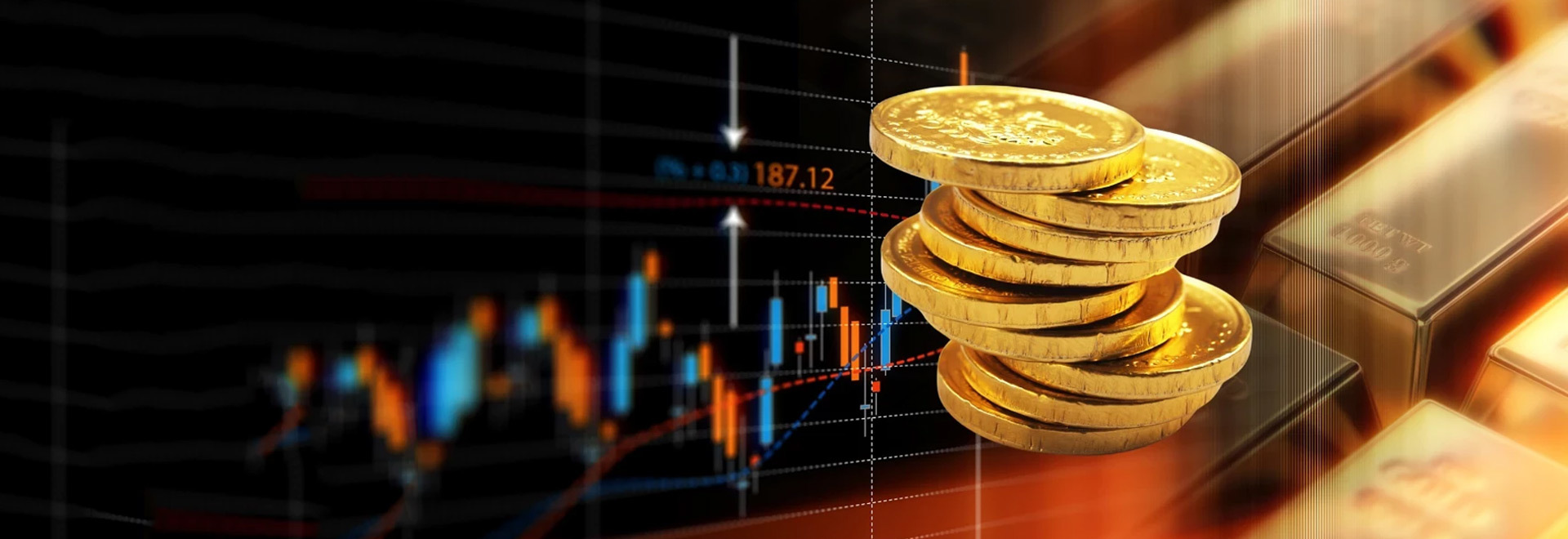Gold prices return to $3300! Wall Street banks show significant divergence in long-term outlook
In fact, as gold prices fluctuate, Wall Street's major banks have recently shown a clear divergence in their views on gold prices. Unlike Goldman Sachs and Deutsche Bank, which are optimistic about gold's performance, Citigroup believes that the long-term outlook for gold prices is not optimistic.
Time:
2025-05-29 09:00
On May 28, gold-related topics once again topped the Weibo trending searches. On that day, spot gold fluctuated sharply, returning to $3300 per ounce and peaking at $3315.65. As of the release of this report by Interface News, spot gold is trading at $3316.64, up 0.49%. Recently, gold prices have fluctuated significantly. On the evening of May 27, spot gold briefly fell below $3300 per ounce, with an intraday drop of nearly 1.5%, and COMEX gold futures simultaneously fell to $3295.9 per ounce. Affected by this, on May 28, domestic gold prices generally fell, with the price of 24K gold jewelry from brands such as Chow Sang Sang and Chow Tai Fook falling to around 986 yuan per gram, with a single-day drop of up to 29 yuan. The volatility of gold prices has also affected investors' returns. According to News Square, a novice gold investor said that nearly 400,000 yuan is still "tied up" in gold investments and has not been recovered. In the past half month, her savings gold account has gone from a profit of more than 50,000 yuan to a loss of more than 30,000 yuan. Another investor said, "I keep checking the gold price on the app, and my emotions fluctuate with the price; I feel numb." In fact, with the fluctuating gold price, Wall Street banks have recently shown significant differences in their views on gold prices. Unlike Goldman Sachs and Deutsche Bank, which are optimistic about gold's performance, Citigroup believes that the long-term outlook for gold prices is not optimistic. Citigroup's latest research report takes a cautious stance on the longer-term gold price trend and points out two potential headwinds: First, the increased expectation of a Fed rate cut may lead to a reduction in the risk of US economic growth and global stock market declines; second, actual statistical data shows that the amount of gold currently held by global households has reached its highest level in 50 years. In terms of the long-term outlook, Citigroup is betting on a downward trend for gold, predicting a significant correction in gold prices in 2026-2027. Goldman Sachs, however, expects gold prices to reach $4000 next year, and Deutsche Bank expects it to break through $3700. In addition, UBS Wealth Management's Chief Investment Office (CIO) released its latest institutional view, predicting that the gold price will reach $3500 per ounce in the next 12 months. UBS stated that in addition to hedging demand and the participation of speculators, there have also been many structural changes in gold allocation demand recently. For example, central banks are systematically increasing the share of gold in their foreign exchange reserves. These structural changes strongly support gold demand. The institution believes that in the long run, from a diversification perspective, allocating 5% of gold in a balanced US dollar portfolio is the optimal choice.
Related News
Gold prices continue to fluctuate.
Gold prices have shown a volatile pattern in the short term, affected by the weakening of the US dollar and changes in sentiment due to easing geopolitical tensions.
Gold prices rise again! Multiple risks fuel safe-haven demand.
From the perspective of the international market, the tense situation in the Middle East, the escalation of the Russia-Ukraine conflict, and the continued high uncertainty surrounding the US Trump administration's tariff policies have driven up gold prices due to increased risk aversion in the market. Furthermore, a significant recent change in the gold market is that gold has become the second-largest reserve asset for central banks globally. How should the future trend of gold prices be viewed? Several analysts have indicated that in the short term, gold prices may fluctuate due to factors such as tariff easing and sudden changes in the geopolitical situation; in the medium to long term, gold prices are still in an upward channel.
As the Russia-Ukraine conflict enters its third year, global attention is once again focused on this geopolitical crisis. According to Dow Jones Newswires, US President Donald Trump made startling remarks at the White House on Thursday (June 5), stating that neither Russia nor Ukraine is prepared for peace, and that both sides may "continue fighting" until one side is willing to compromise. This statement not only signals the failure of his attempts to broker peace, but also introduces new uncertainty to the global geopolitical and economic markets.
Recently, good news came from the China Machinery Metallurgy and Building Materials Workers' Technical Association. In the 2025 National Machinery Metallurgy and Building Materials Industry Workers' Technological Innovation Achievement Award, Shandong Guoda Gold Co., Ltd.'s "Purification of Crude Arsenic Flue Dust to Produce Arsenic Trioxide Industrial Application" and "Key Technology Application for High-Value Utilization of Complex Copper-Gold Ore Resources" projects won the first prize and the second prize respectively. This honor is a high recognition of the workers' technological innovation ability and the effectiveness of achievement transformation, and also fully demonstrates the company's outstanding strength in the industry.
Gold prices return to $3300! Wall Street banks show significant divergence in long-term outlook
In fact, as gold prices fluctuate, Wall Street's major banks have recently shown a clear divergence in their views on gold prices. Unlike Goldman Sachs and Deutsche Bank, which are optimistic about gold's performance, Citigroup believes that the long-term outlook for gold prices is not optimistic.
Although gold prices rose this week, market volatility has clearly increased. While the US-UK agreement is symbolic, its content is limited and insufficient to alleviate concerns about a global economic slowdown. Therefore, gold prices will continue to fluctuate between safe havens and policy signals, closely monitoring the Federal Reserve's interest rate expectations and global trade sentiment.

